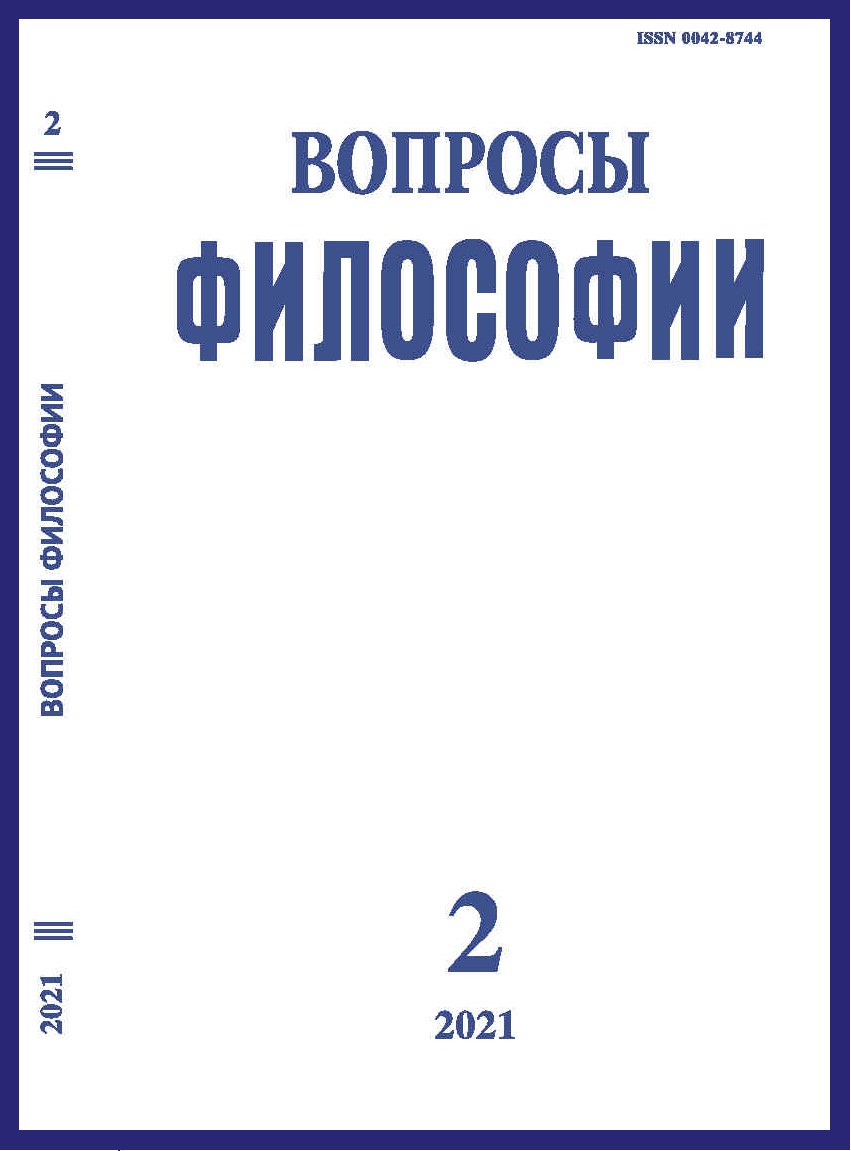Traditional Motives in the Aesthetic Views of the 20th Century Japanese PhilosophersKuki Shuzo, Karaki Junzo, Kato Shinro
DOI:
https://doi.org/10.21146/0042-8744-2021-2-175-186Keywords:
Japanese Aesthetics, Nishida Kitaro, Kuki Suzo, Karaki Junzo, Kato Shinro, Nothingness (mu), Emptiness (ku), shape (Katachi), form (Kata), Iki (chic, dendism), co-existence of Contradictions.Abstract
The article is devoted to the views of three Japanese philosophers of the 20th century with their example we are convinced the relevance of the traditional worldview in contemporary Japan. Since the Meiji period, Western philosophy and aesthetic theories have constantly influenced the views of Japanese thinkers, but up to this day, traditionalism plays an important role in Japanese thought. This also applies to the emphasis on corporality, human incarnation – the Buddhist position on “the unity of flesh and mind” (shin-jin – itchinyo) and the uncertainty fluidity of all forms of existence of things (mujo), relations, the ephemerality of life itself. This is also true for acceptance of Nothingness (mu) as a metacategory of philosophy which Nishida Kitaro put at the foundation of his system, explaining the historical world and the position in it of a person through the identity of absolute contradictions resolved in the field (basho) of Nothingness. This philosophical position, Buddhist-Taoist in essence, is especially vividly present in the works of Japanese thinkers who study the traditional culture of their homeland and try to give a modern interpretation to its categories.

